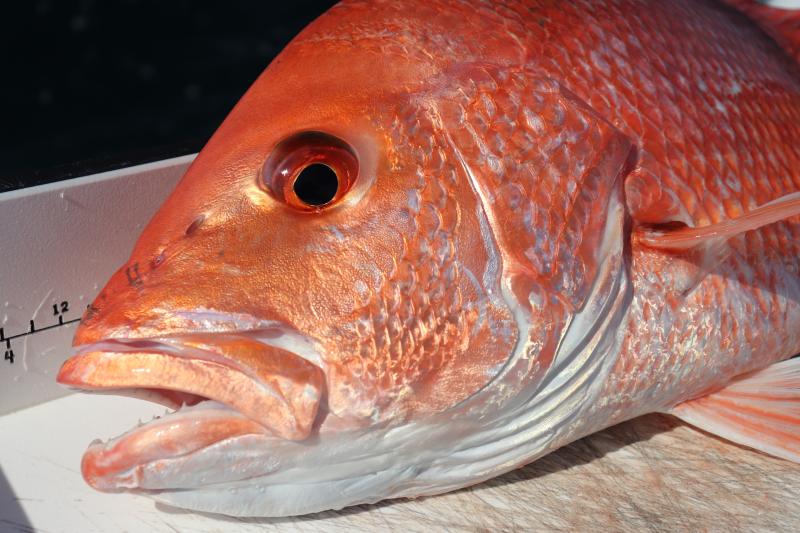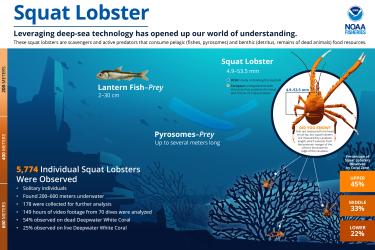Today, an impressive scientific team led by the Harte Research Institute (HRI) released their final report on the Great Red Snapper Count. We are pleased to receive the final report and are working to incorporate the results into an interim analysis as quickly as possible. As we stated last October when the draft report was delivered, we welcome the results of the study. It provides important new scientific information to enhance our understanding of the Gulf red snapper population.
Dr. Greg Stunz is HRI’s Chair for Fisheries and Ocean Health and director of the institute’s Center for Sportfish Science and Conservation. He and a multidisciplinary team of scientists worked collaboratively to complete this landmark study. We are grateful to Congress for appropriating the funds for the project and to our partners who conducted and completed it successfully. HRI was awarded $9.5 million in federal funds by administering agency Mississippi-Alabama Sea Grant through a competitive research grant process. With matching institutional funds, the project totaled $12 million.
NOAA Fisheries is incorporating these data into an interim analysis to help inform quotas and management measures for the 2021 Gulf red snapper season. Results of the Great Red Snapper Count and this interim analysis are expected to be reviewed by independent experts. The Gulf of Mexico Fishery Management Council’s Scientific and Statistical Committee will also review the results March 30-April 2 and the analysis will be available for the Gulf Fishery Management Council meeting the week of April 12th. We will continue to work with our partners on the Gulf of Mexico Fishery Management Council and its Scientific and Statistical Committee to peer-review the assessment and adjust red snapper management as appropriate.
The next full, operational assessment for Gulf Red Snapper is scheduled to begin in late 2022 and be completed in 2023. The Great Red Snapper Count will be an important input in this stock assessment along with other fishery independent and fishery dependent data.
This final report aligns with the preliminary estimates provided in October 2020. The main takeaways include:
-
The intriguing finding of the study is that potentially two-thirds of the Gulf red snapper population is located in the vast low relief areas of the Gulf of Mexico, which are not target areas for fisheries
-
When considering this newly estimated low relief population, the study estimates approximately three times as many red snapper in the Gulf of Mexico than were estimated in the most recent assessment completed through the collaborative Southeast Data Assessment and Review process in 2018
-
The abundance estimates for high relief natural and artificial structures, where most fishing occurs, are similar to that of the 2018 assessment
The Great Red Snapper Count confirmed previous estimates of the biomass on the habitats associated with the fishery, high relief areas such as reefs and ledges. This previously unknown biomass associated with low relief, sand and mud bottom habitat is a welcome revelation of this research. The discovery of additional biomass is good news which may help ease some management restrictions.
Dr. Clay Porch, the Southeast Fisheries Science Center Director, says, “The study gives us something that we’ve never had before in my career, a Northern Gulf-wide absolute population estimate. We hope to be able to use these data to provide catch advice for 2021. From a scientific perspective I’m even more excited to see how this can inform the upcoming research track stock assessment expected to be completed in 2023.”
Again, we want to thank all of the scientists and partners that completed this study. We especially thank our great Sea Grant partners at headquarters and in the Gulf. Sea Grant funded half the study and ensured Congress’ goal for an independent assessment was met. They called on their strong ties with academia to make sure the best available researchers were included on the team. We are excited to continue our joint efforts to best manage this iconic species.

